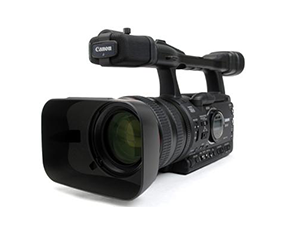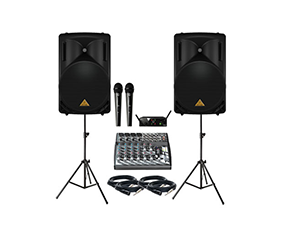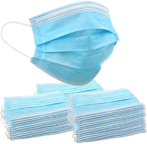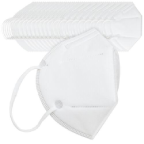|
Joan Collins - Studio Shoot - Bookcover 35mm
I've worked with Joan on a number of her book covers. Often we shoot variations on a theme to accomodate versions of the book published simultaneously in the U.K. and the U.S. For example, the U.S. version of Love, Desire and Hate ran a color photograph, similar to this image, on the back cover. The U.K. version used this black-and-white shot as the front cover.
Photographs such as this require planning. I met Joan ahead of time to discuss concept and styling. We both liked the idea of using a turban because of its timelessness and mystery, and I asked Joan to wear the gloves. I draped some black velvet over the top of a Denny Manufacturing posing table to give the image a matching visual base. She was seated on an adjustable stool.
The lighting setup consisted of five lights -- only three or four of which would be used at the same time. We placed three lights for potential use on the background. It took two lights in pan reflectors to evenly illuminate the background. Behind Joan, on the floor, I placed another flash head, bouncing it into a bell reflector with a grid spot. To achieve visual variety, I switched between the single spot and the even-illumination approach provided by the two lights in pan reflectors. The final image was selected form the single-spot series, which created a halo effect with rapid falloff to the edges.

|

Subject: Joan Collins
Client: Random House/Century Hutchinson
Creative Team: Joan Collins and Gary Bernstein
Location: Gary Bernstein Studio, Culver City, California
Camera: 35mm SLR
Lens: 105mm f/2.5
Lighting: Five electronic flash heads (see copy)
Film: Kodak Plus-X El 125
Exposure Metering: Incident
Exposure: 1/60 second at f/5.6
Main lighting consisted of two lights. Facial spotlighting came from a flash head with a focusing spot. It was placed slightly to camera-right -- just enough to give modeling to Joan's nose and the right side of her face. A second light, placed in a pan reflector, was positioned above and behind my camera position to act as a fill light. I varied the lighting balance between the spot on Joan's face and the amount of fill -- ratios from 2:1 all the way up to 5:1. We selected a 4:1 ratio that produced great drama.
|
















































